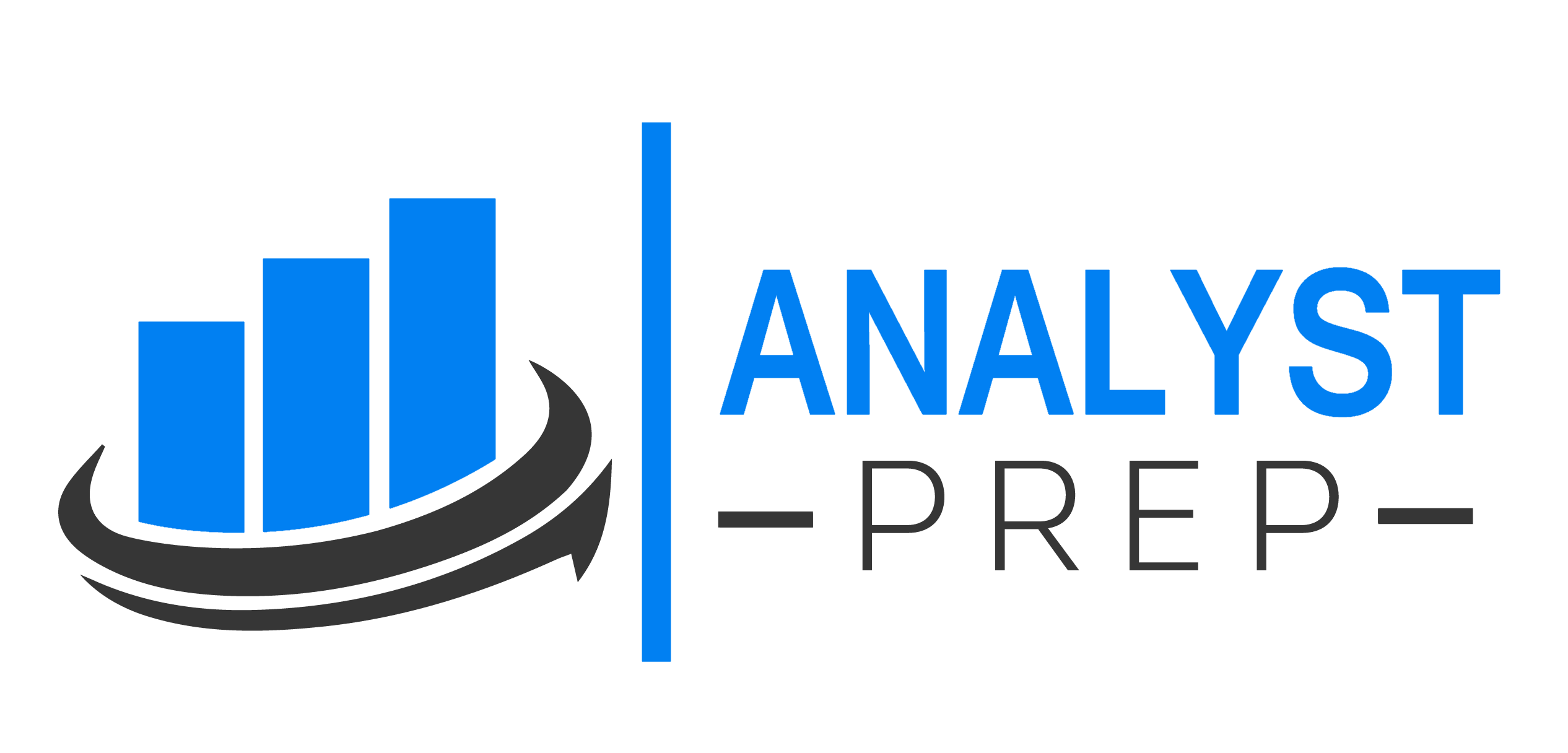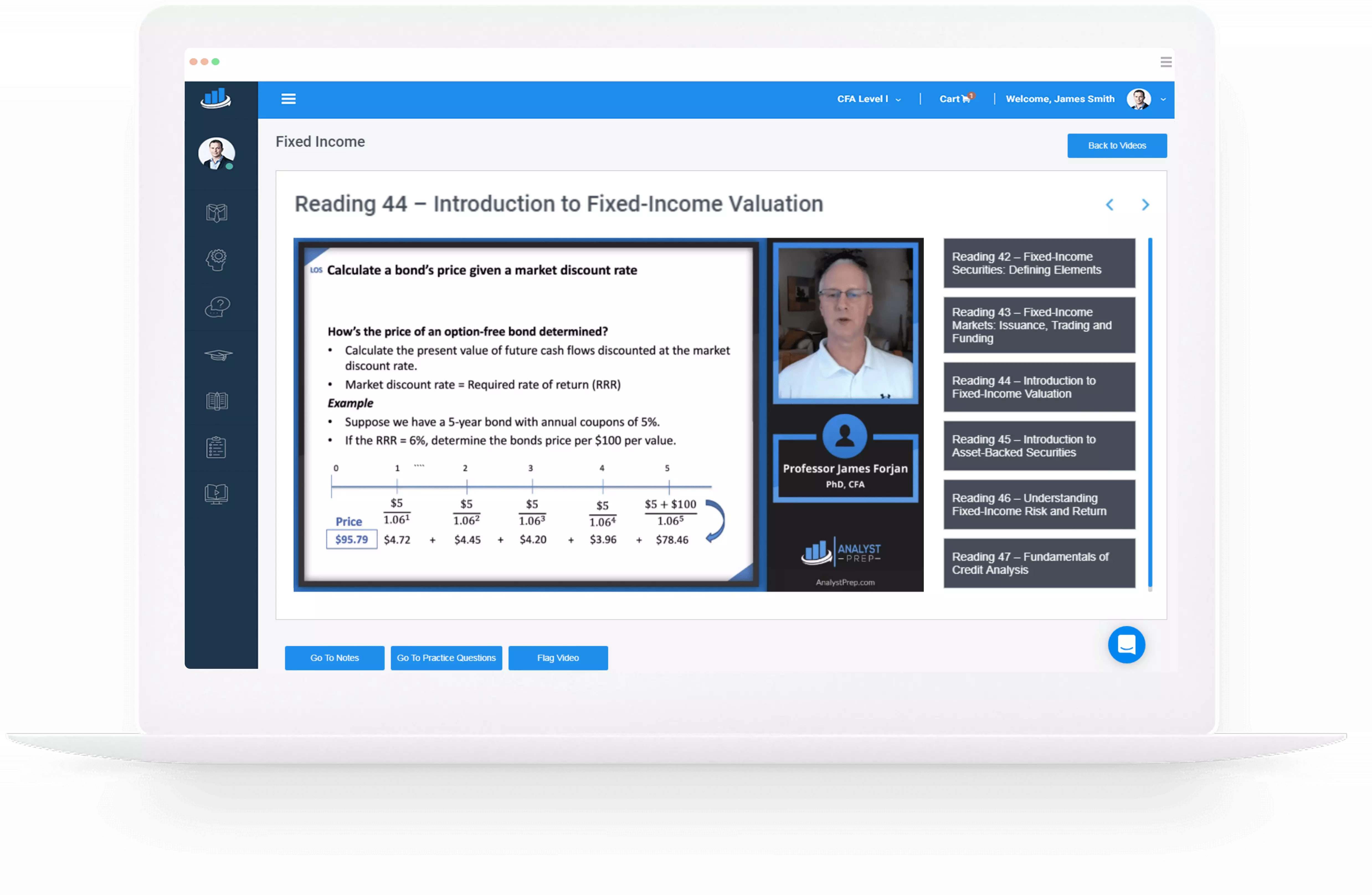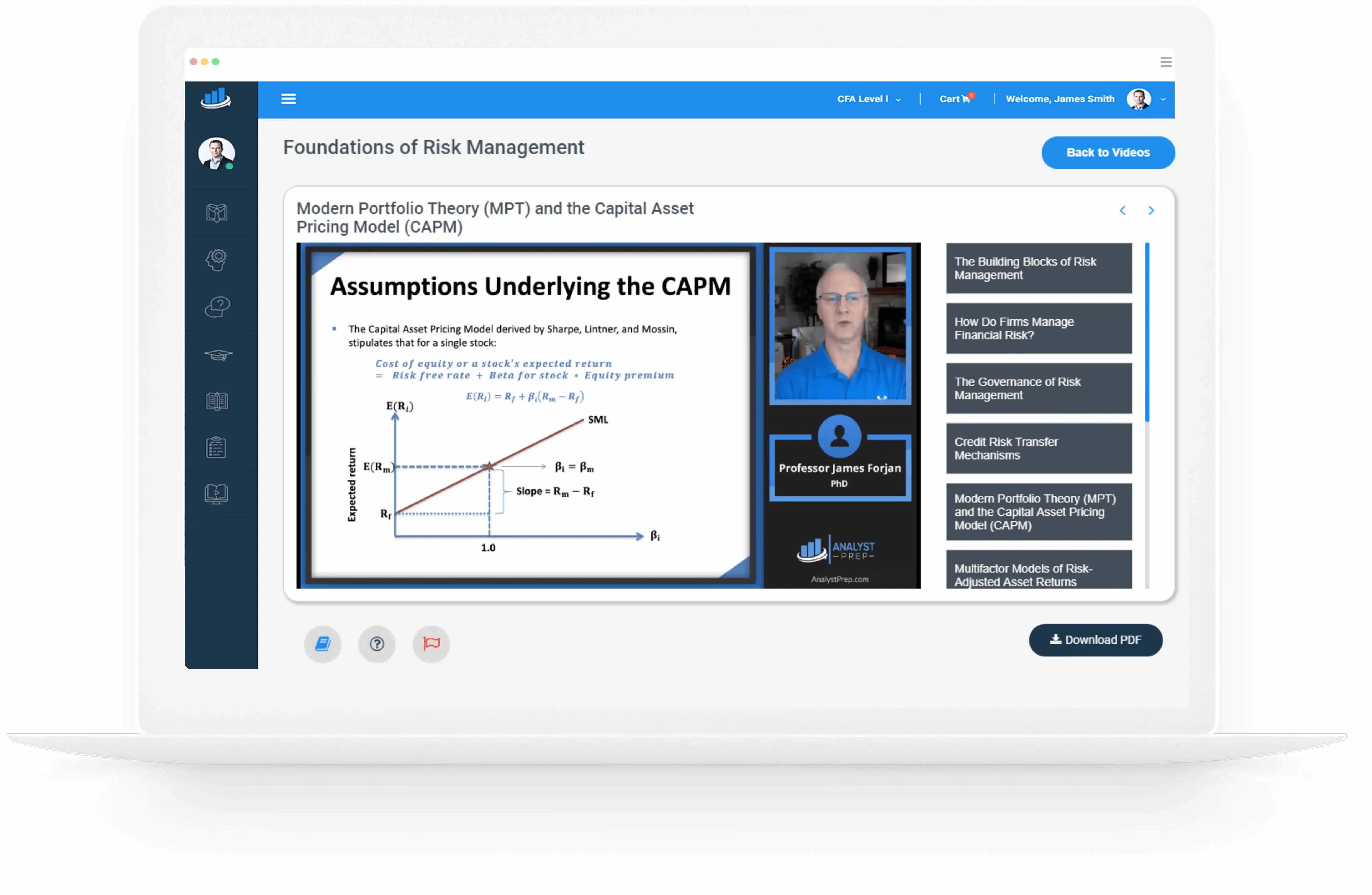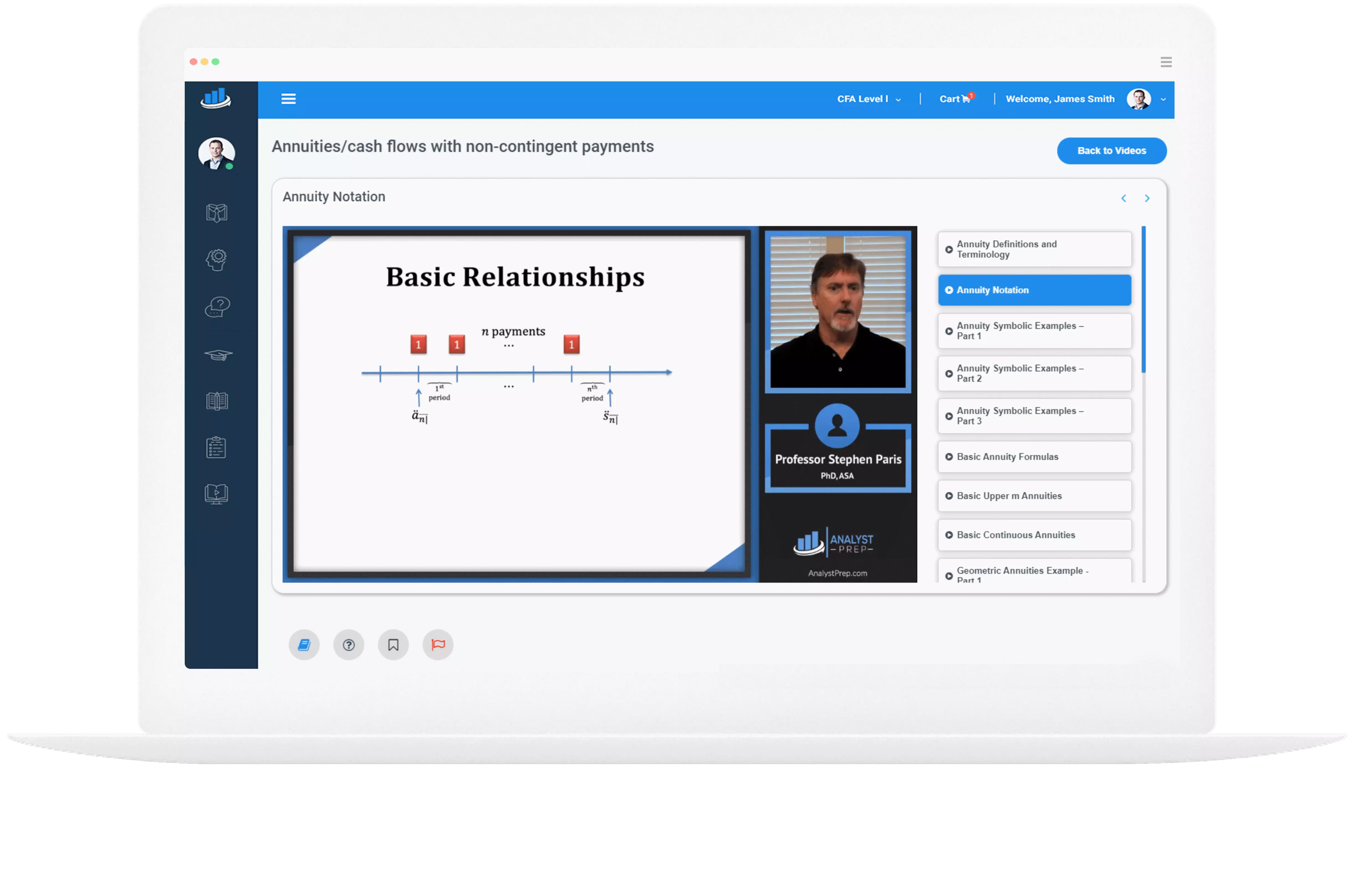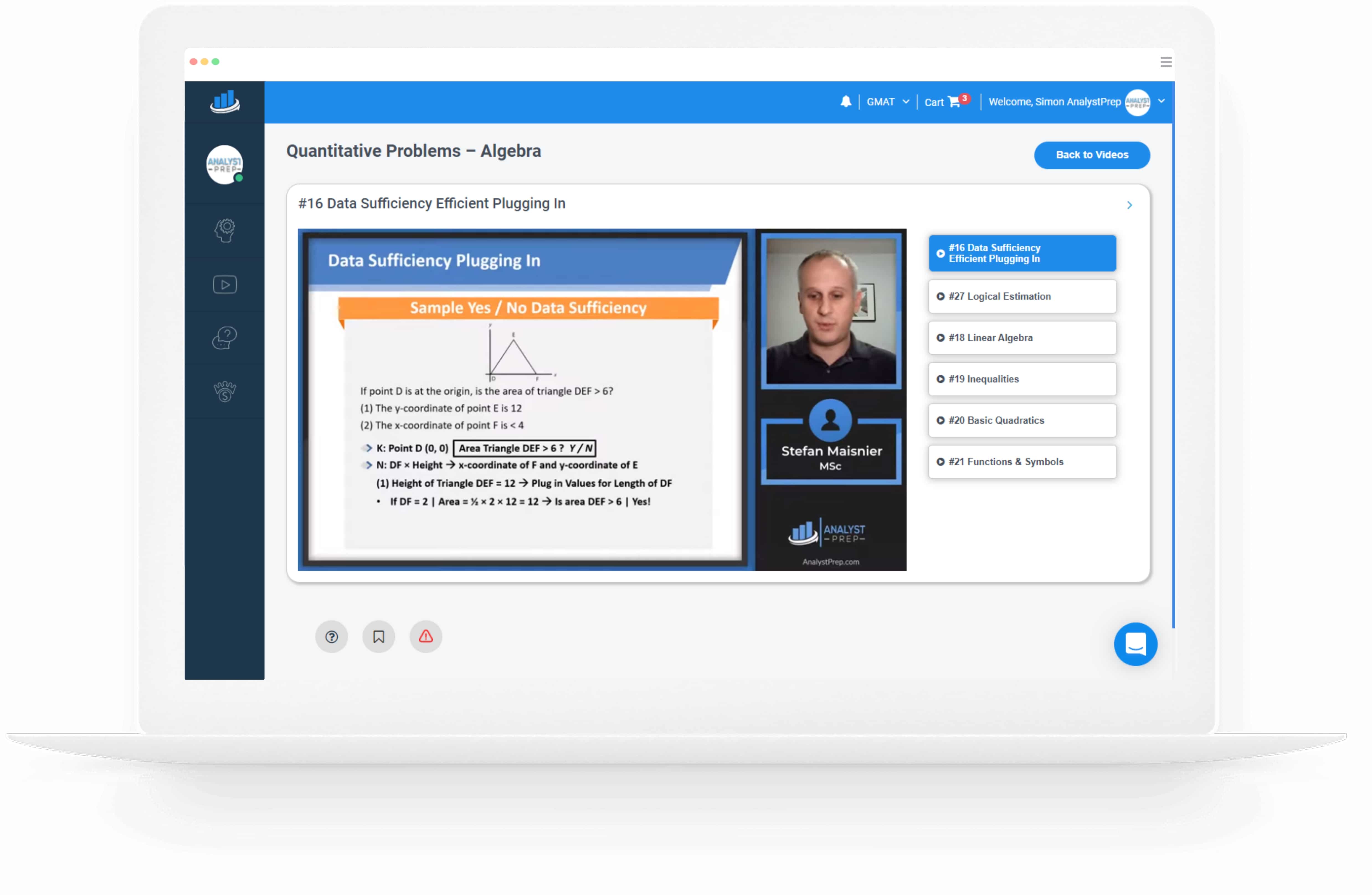StickyKurtosis
Kurtosis refers to the measurement of the degree to which a given distribution is more or less ‘peaked’ relative to the normal distribution. The concept of kurtosis is very useful in decision-making. In this regard, we have 3 categories of…
Data Presentation as a Histogram or a Frequency Polygon
Histogram A histogram shows the distribution of numerical data in the form of a graph. However, it is very similar to a bar chart, a histogram groups data into intervals. To construct a histogram, you need to establish all the…
Guidance for Standards I-VII
I. Professionalism Knowledge of the law Independence and objectivity Misrepresentation Misconduct II. Integrity of Capital Markets Material non-public information Market manipulation III. Duties to Clients and Prospective Clients Loyalty and prudence Fair dealing Suitability Performance presentation Preservation of confidentiality IV. Duties to…
Ethical Responsibilities
Code of Ethics The CFA Institute has outlined six components to its Code of Ethics. Members of the CFA Institute must: 1. Act with integrity, competence, diligence, respect, and in an ethical manner with the public, clients, prospective clients, employers,…
The Code of Ethics and the seven Standards of Professional Conduct
Code of Ethics The CFA Institute has outlined six components to its Code of Ethics. Members of the CFA Institute must: 1. Act with integrity, competence, diligence, respect, and in an ethical manner with the public, clients, prospective clients, employers,…
Professional Conduct Program and the Process for Enforcement of Code and Standards
CFA Institute Professional Conduct Program and the Process for Enforcement of Code and Standards Violations of the CFA codes and standards are reviewed through the CFA Institute’s Professional Standards and Policy Committee (PSPC). This committee is authorized to conduct investigations…
Framework for Ethical Decision-Making
Framework for Ethical Decision-Making A framework for ethical decision-making is defined as a set of principles established to aid investment professionals in conducting business with integrity. The CFA Institute has outlined six tenets of ethical behavior as outlined in LOS…
The Difference between Ethical and Legal Standards
The Difference Between Ethical and Legal Standards Often people equate ethical behavior with legal choices. However, there are numerous choices that may be legal but have no moral standing. It is important to remember that all laws stem from a…
Ethical Dilemmas
Ethical Dilemmas An ethical dilemma occurs whenever there are two or more choices. In this given circumstance there will always be the best choice, even when each option appears to have negative consequences. Although the CFA Institute Code of Ethics…
Professionalism in Investment Management
Building Trust in Investment Management The investment management profession has established itself to the level of other professions such as law and medicine, such that it is trusted to draw knowledge and utilize it with care and judgment. To maintain…
Ethical Standards in the Investment Industry
The Need for High Ethical Standards in the Investment Industry In 2014 the investment industry accounted for more than $64 trillion in assets. Additionally, it is growing at eight percent a year. It can be theorized that with trillions in…
